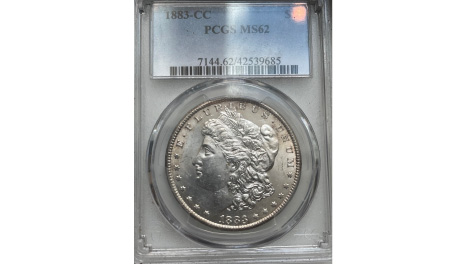The Bland-Allison Act was a United States federal law passed on February 28, 1878, during the Reconstruction Era following the American Civil War. The act was named after its sponsors, Senator Richard P. Bland of Missouri and Congressman William Allison of Iowa.
The Bland-Allison Act required the U.S. Treasury to purchase and coin at least $2 million to $4 million worth of silver bullion each month, which was then used to mint silver dollars. This was done in an effort to increase the money supply and promote inflation, which was seen as beneficial to farmers and debtors who were struggling with deflation and high interest rates.
The Bland-Allison Act was not successful in achieving its goals, and it was criticized for not going far enough in supporting the free coinage of silver. It was eventually replaced by the Sherman Silver Purchase Act in 1890, which required the Treasury to purchase even larger amounts of silver each month, and which was also ultimately unsuccessful in stabilizing the economy at the time.
The Sherman Silver Purchase Act in 1890
The Sherman Silver Purchase Act was a United States federal law passed on July 14, 1890, during the presidency of Benjamin Harrison. The act was named after its sponsor, Senator John Sherman of Ohio.
The Sherman Silver Purchase Act required the U.S. Treasury to purchase 4.5 million ounces of silver each month and issue treasury notes in exchange. The treasury notes could be redeemed for either gold or silver, at the discretion of the holder. The belief was that this made the paper currency sound money with real physical precious metals backing.
The purpose of the act was to increase the demand for silver and help farmers and mining interests, who believed that the unlimited coinage of silver would raise prices and stimulate economic growth. However, the act was controversial and was opposed by many bankers and industrialists, who believed that it would lead to inflation and devalue the currency.
The Sherman Silver Purchase Act was ultimately unsuccessful in achieving its goals, and it contributed to the Panic of 1893, a severe economic depression that lasted for several years. The act was repealed in 1893, and it was replaced by the Gold Standard Act of 1900, which established gold as the sole standard for redeeming paper currency.
